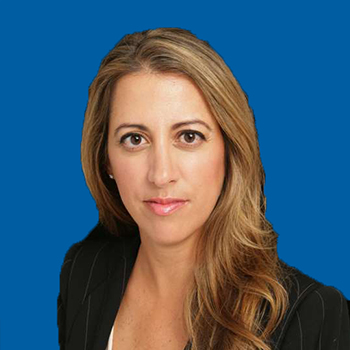
Post-acute care organizations typically have to call each patient in their census and/or staff member when needing to share information on time-sensitive topics. Labor hours are also used to field inbound calls or respond to patient/caregiver concerns about these topics. This situation was all too common during the peaks of the pandemic as patients, families and staff members were looking for updated information on how to protect themselves and still receive home health care while minimizing the risk of infection and transmission.
Virtual care technology helps these organizations quickly push mass (“one-to-many”) messages externally (to patients and family caregivers) and internally (to staff and referral partners). This automation saves valuable staff time (and related labor costs), which would otherwise detract from the ongoing delivery of care. The automated functionality allows users to distribute time-sensitive messages to a targeted list of contacts. It also provides a cost-effective method of sending bulk text messages to multiple contacts such as all patients and/or all staff members. And broadcast messaging helps your communications reach more people faster — helping everyone stay connected and informed.
Examples of patient broadcast messaging
- Emergency preparedness communications: Home health agencies know that healthcare preparedness communications are essential to helping their patients get ready for potential natural disasters. Broadcast messaging enables agencies to easily create and automatically send out a text or email to all patients to ensure they are prepared for a potential emergency such as a forecasted hurricane, winter storm, wildfire, etc. The platform also helps agencies report back to the state that patients were contacted and received the emergency-related communication.
- Evening care and tuck-in services: Automated tuck-in services help reduce the risk of readmissions with high risk patients. Home health agencies use broadcast messaging to program and automatically launch daily/nightly messages with medication and care availability reminders. The delivery of critical evening and pre-weekend patient communications also supports agencies’ teletriage offerings and helps proactively minimize avoidable in-person visits, ER visits and rehospitalizations afterhours.
- Immunization Reminders: Home health agencies support their referral partners by encouraging patients to obtain needed immunizations. They use broadcast messaging to quickly share a consistent and timely message to patients about the importance of timely vaccines. For example, agency administrators can schedule a flu shot related message before and during the flu season for applicable patients. Time-sensitive communications about needed immunizations will help patients address potentially avoidable health issues complications such as the flu.
- COVID-19 Information: During the pandemic, agencies appreciate being able to easily broadcast valuable education and timely updates about COVID-19 and related vaccinations to their census.
Examples of Internal broadcast messaging
- Agency updates: Communications regarding new or expanded referral relationships helps staff members stay on top of the latest agency updates while they are in the field and providing patient care.
- Policy updates: Breaking news regarding a change in healthcare policies and practices, clinical pathways and billing is easily shared with staff via broadcast messaging.
- DME device or medication recalls: When critical recalls are announced, broadcasts ensure that multiple and relevant staff members see the message immediately.
- Department-specific correspondence: Messages intended for specified providers (such as therapy staff) are also helpful so administrators can identify the specific department(s) who needs to see the communication vs. others who do not need to receive the broadcast message.
Agencies can now efficiently mass message their patients and their staff, driving more immediate awareness and more effective engagement. The broadcast messaging functionality saves countless hours for staff who would typically have to call each patient in their census and/or staff member and also field in-bound calls pertaining to time-sensitive topics. The broadcast feature is ideal for everyday as well as urgent communications to ensure that patients and staff see the timely communications.
AnnaMaria Turano is chief marketing officer for Synzi.




